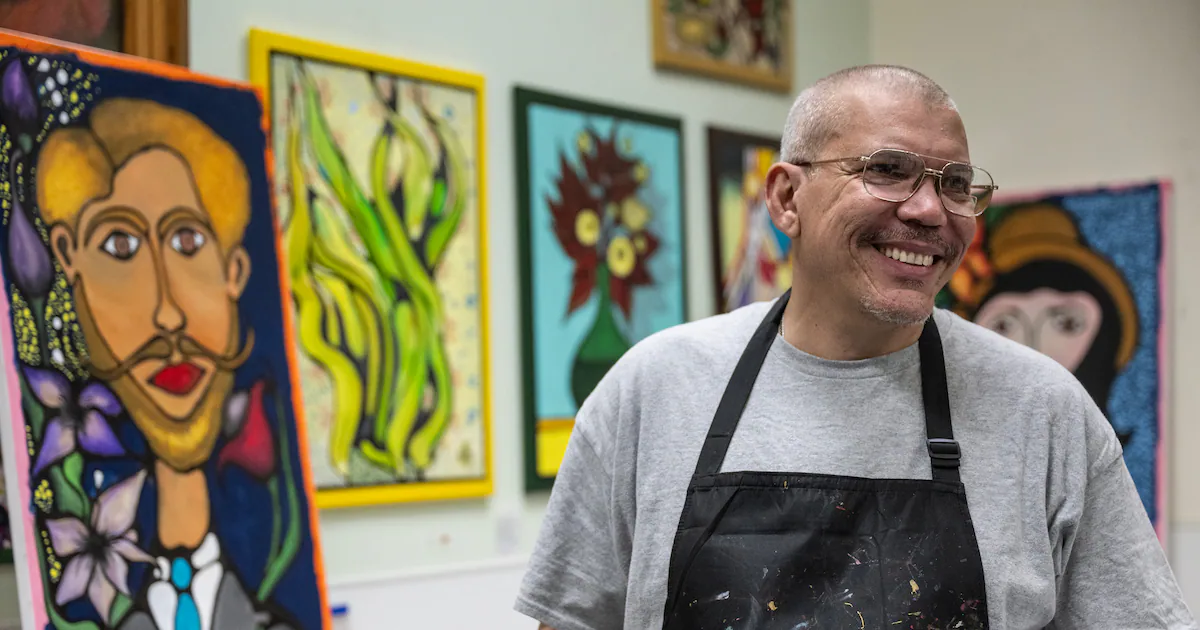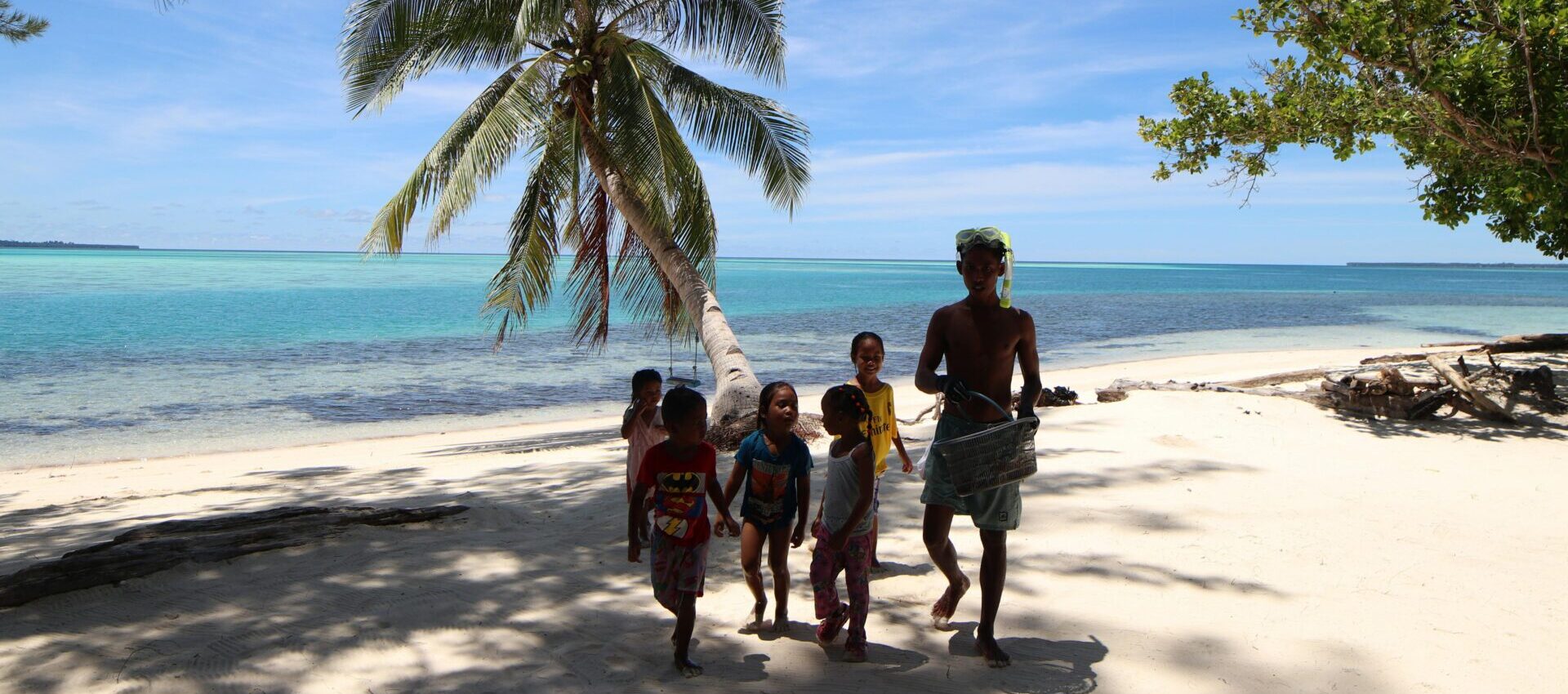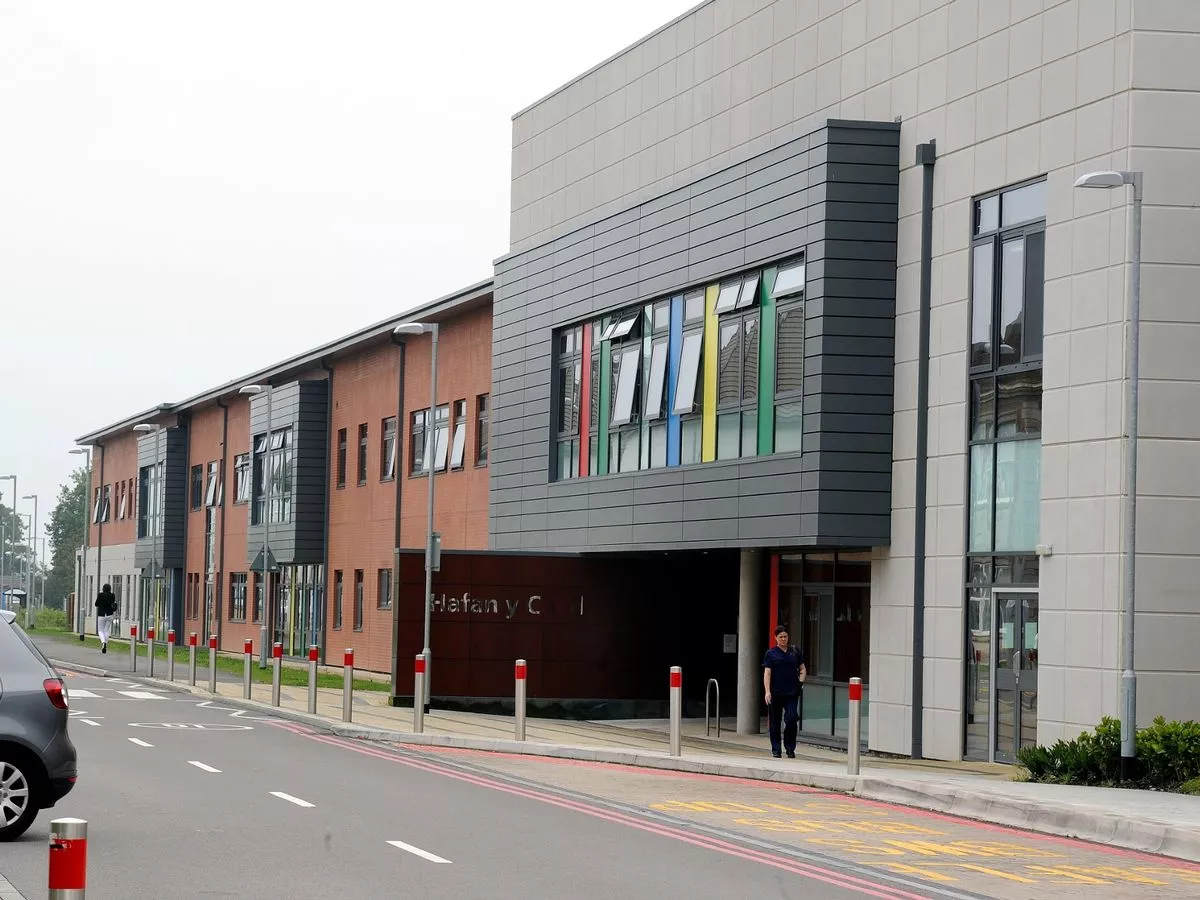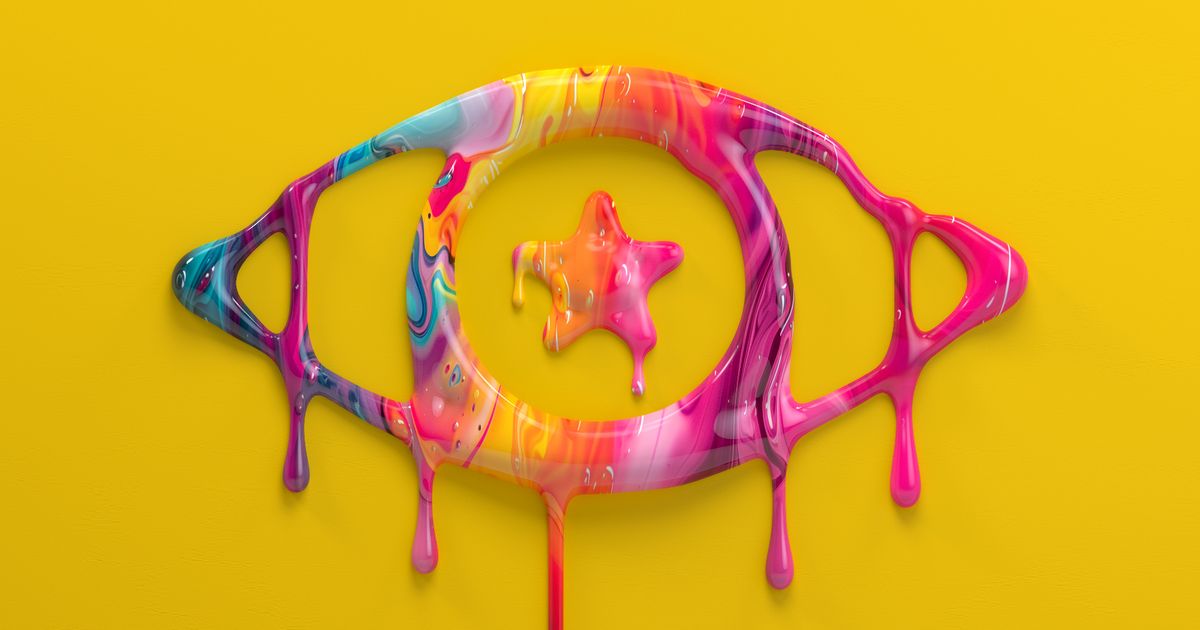Before the pandemic, he led a middle-class life. In Anchorage, he became homeless – and an artist.

Noel Perez Delgado didn’t imagine he’d become homeless in Alaska. He also didn’t expect to become an artist.
Before he came to Anchorage last year, 54-year-old Delgado was a professional, an architect trained in Cuba who had worked for years in the United States as an architectural designer and draftsman.
But after he lost his job during the pandemic and developed a debilitating chronic illness, Delgado careened into homelessness in Anchorage and found himself seeking a bunk at the Brother Francis Shelter.
At the time, it was a devastating turn for a man who had worked hard to build a middle-class life as a naturalized citizen in the United States.
“I came to the States not to be poorer than I was in Cuba,” said Delgado, who is tall and bespectacled with an easy smile and a shaved head. Becoming homeless, “you think, is this going to be bad for me, for my reputation, for my mental state?”
But it was at Brother Francis, a low-barrier shelter operated by Catholic Social Services, where he met a nun who encouraged him to turn the drawings that filled his sketchbook into paintings.
Last fall, he picked up a paintbrush in one of Sister Lucia-Lam Nguyen’s art classes at the shelter and out flooded dozens of vivid, cubist and pointillist-influenced paintings of street scenes, folk art-like portraits and illustrated parables. And then he just kept going.
In the past year, Nguyen estimates Delgado has produced over 100 works, both large-scale paintings on canvas and brightly painted vases and other objects. He spent the summer selling some of the works at a farmers market.
And after a year of homelessness and artistic expression, Delgado’s work will be featured in an Oct. 3 First Friday show at Stephan Fine Arts gallery inside the Hotel Captain Cook in downtown Anchorage. Two days later, Delgado plans to use the money he has saved selling his work to fly to Seattle, where he will look for jobs in a bigger market and rent a place to live.
The journey
Delgado says he is departing Alaska a different person than when he arrived. It has been both a struggle of daily living and a time of abundant creativity.
Delgado grew up in Cuba and trained as an architect. Around 2005, he came to the United States on a special visa program hoping to find work in the field.
His first stop was more modest: An Atlanta-area Chuck E. Cheese, where he made giant pizzas for birthday parties and donned an anthropomorphic mouse suit on his 6-foot-2-inch frame.
He later worked as a draftsman and architectural designer in Washington, D.C., Boston and Seattle, he said, living a stable, professional life as a naturalized U.S. citizen who made use of the skills he had learned in his home country. But then, during the pandemic, his life in America began to fray at the seams. When the construction industry ground to a halt, Delgado was laid off from his contract job.
Around the same time he developed fibromyalgia, a little-understood illness that causes widespread body pain and crushing fatigue. His joints became so inflamed that he felt, he said, “like a piece of meat in a fryer.” He moved to Seattle to find a better climate than humid East Coast summers that he felt triggered pain, but found no relief.
After the worst of the pandemic, Delgado never really regained his footing, he said.
North to new trials
In the summer of 2024, he decided to try Alaska. He wondered if the climate might be favorable to his maladies, and wanted to see a place known for its beauty and nature. Delgado bought a plane ticket, packed a bag, and arrived in Anchorage with plans to see if it might be a place he could live and work.
But Anchorage in the summer was far more expensive than he was prepared for, with even basic hotel rooms costing more than $100 per night. He quickly began to run out of money, spending some nights in a tent in urban campgrounds, his body wracked with fibromyalgia pain. He struggled to get the medications he relied on, falling into a bureaucratic loop — he needed an address in order to apply for programs that could cover the costs of his medication, but he couldn’t afford a steady place to live and receive mail. Bills piled up.
He no longer had enough money to buy a plane ticket back to the Lower 48.
So one day last fall, he showed up at Brother Francis and took a bunk near the kitchen, his few belongings packed into a bag or two. Being homeless challenged his idea of himself as a self-sufficient professional.
“When you arrive to a shelter, you are not the best of your life, so you are passing through a tough time,” he said.
At first, he tried to spend as much time as possible away from the shelter, taking the bus to the Loussac Library to spend all day reading or on the computer. He shied away from other shelter residents and kept to himself, he said.
Then he met Nguyen, part of the Daughters of Charity of St. Vincent de Paul Catholic religious order.
A shared journey
Nguyen teaches art, music and self-expression classes across Catholic Social Services facilities, including Clare House, a shelter for women and children escaping domestic abuse, and Complex Care, an emergency shelter for people with health issues or disabilities.
Inside the shelter art studio where she works, classical music plays on the stereo. A scented candle burns on the table. The walls are covered with residents’ artwork: Bible verses, a still life of a bag of Doritos, a lake ringed by small cabins and a mountain, colorful abstractions.
The key to teaching art to people in shelter, Nguyen said, is creating a peaceful atmosphere — different from the concrete and chaos of the streets, or the grind of shelter life — so people can create. The people who live at Brother Francis have a lot to say, she said. It comes out in their creations.
“They share with me their journeys through life,” she said. “Their suffering moments. I can see it all through the painting.”
At first, Delgado told Nguyen he wasn’t a painter. But “as soon as I saw the sketching, I know he has skills,” she said.
She pressed, and he agreed to try acrylic paints.
Art became the focal point of his life in Anchorage. Delgado started spending hours every day in the studio, painting his way through the meager daylight of winter. At night, he’d head back just 20 or 30 feet away to the green metal bunk bed where he slept, in a room with dozens of other people.
He painted neighborhoods and flowers, thousands of tiny dots, underwater coral forests, the quality of light of an Anchorage summer, an icon-like picture of St. Francis of Assisi, the saint that shares a name with the shelter and who Delgado considers a “spiritual guide.” Nguyen found pots and vases on sale at Michael’s for 70% off and brought them in to offer Delgado something else to paint.
He tried to give the art away, but Nguyen encouraged him to take ownership of it, and photographed each piece for an archive. He sold his work at a farmers market and saved up for a plane ticket and rent. A Catholic Social Services employee helped him make what he calls an “Alaska style” resume, listing his years of work experience, and sent it out to architecture firms around town. He mostly didn’t hear back.
Becky Stephan, the owner of Stephan Fine Arts Gallery, said she was impressed by Delgado’s devotion to his artistic practice, though a recent one. A friend told Stephan about Delgado’s art, and he was invited to participate in a show at the gallery in October.
His art speaks in a consistent visual language, she said, something she looks for in artists: “He has a very clear voice and style.”
In recent days, Delgado has been preparing for the show, and touching up pieces he plans to give away to people he’s encountered in his Anchorage sojourn.
He said he’s thankful for the people who helped him in Alaska. He’ll miss the beauty of winter and snow. He looks forward to a paycheck, an apartment. He’d like to try making sculptures, and painting with oil paints.
He’s leaving all the art he made in Anchorage when he leaves.



